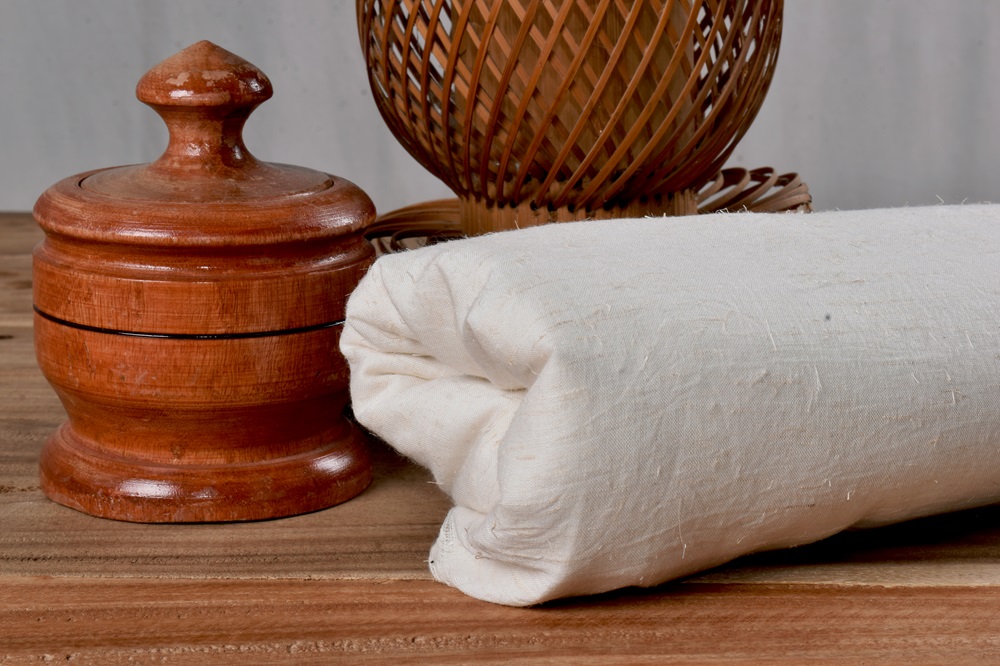
Sustainable Fabric: Pioneering Eco-Friendly Textiles for a Greener Future

We have been aware of the adverse effects of fast fashion and synthetic fibers on the environment. With increasing awareness, many have adopted a more sustainable alternative. In this blog, we bring to you our sustainable fabrics and crafts that will help you choose better for the environment.
Additionally, we're proud to share how our brand Anuprerna is actively working on this front, implementing innovative strategies and practices to minimize our environmental footprint and promote sustainability throughout our production processes.
WHAT ARE SUSTAINABLE FABRICS?

Sustainable fabrics, which are often used in eco-friendly clothing, refer to textiles that are procured from environmentally sustainable resources, such as sustainably grown fiber crops or recycled materials. The process by which these fabrics are manufactured, including the fabric manufacturing, dyeing, and final finishing, also determines the sustainable value of the fabric.
WHY DO WE NEED SUSTAINABLE FABRICS?
The fashion industry is a major contributor to pollution and damage to the environment. Here are some statistics about this industry:
- Accounts for about 8-10% of global carbon emissions.
- Accounts for 20% of wastewater.
- 85% of all textiles go to the dump each year.
- 35% of the microplastics that enter the ocean come via the washing of synthetic textiles.
Adopting eco-friendly fabrics can significantly mitigate these environmental impacts.
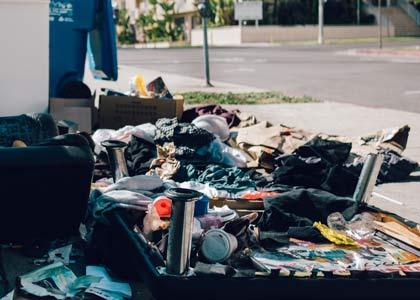
Our Aim
Thus, it is now crucial to consider the sustainability of materials in fashion. The renewability and source of a fibre, the process of how a raw fibre is turned into a textile, the impact of preparation and dyeing of the fibres, energy use in production and preparation, the working conditions of the people producing the materials, and the material's total carbon footprint.
Being an ethical and sustainable textile manufacturer, one of our primary objectives is to bring sustainability to the production of our artisanal textiles and sustainable clothes through a transparent supply chain.
Plant-based fibres:
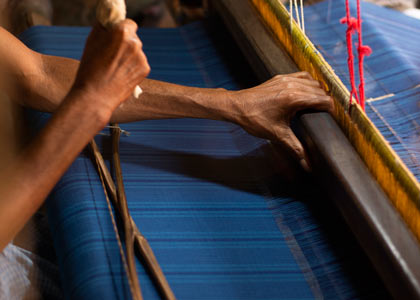
Clothing made from plant-based fibers offers a sustainable and eco-friendly alternative to synthetic fabrics.
Cotton: Khadi fabric is completely made of natural material by the manual process of hand-spinning & hand weaving. The craft of finest Khadi has been declining but Anuprerna has been trying to revive it.
Meanwhile Organic Khadi cotton is an even more sustainable version of regular organic cotton.
Linen: Linen fabrics are natural fabric made from the fibre of the flax plant. It is a durable fabric that is made by handweaving at Anuprerna
Non-Violent Processes:
Peace Silk fabrics, part of sustainable fabrics in India, are natural materials made from silk fiber procured without the killing of silkworms. This durable and strong fabric blends well with other natural fibers and has an affinity for natural dyes. Read more about Matka Peace Silk & Ketya Peace Silk.

Low Impact Dyeing:

Anuprerna is using low impact GOTS certified Azo-free Dye to dye all our yarns and fabrics.
Additionally, we are working with Natural Vegetable Dye and have produced 20-22 shades of natural dyed hues, contributing to our range of innovative sustainable fabrics.
commonly asked questions
What is sustainably made clothing?
arrow_drop_downSustainably made clothing refers to garments produced using environmentally friendly and socially responsible practices throughout the entire supply chain. This includes using eco-friendly materials, minimizing waste and pollution, ensuring fair labor practices, and promoting ethical manufacturing and consumption habits.
What are sustainable fabrics?
arrow_drop_downSustainable fabrics are those made from eco-friendly materials that minimize environmental impact. Examples include organic cotton, hemp, bamboo, Tencel (lyocell), recycled polyester, and fabrics made from renewable resources like soy or corn.
Why do we need sustainable fabrics?
arrow_drop_downWe need sustainable fabrics to reduce the fashion industry's environmental footprint, conserve natural resources, minimize pollution, promote ethical labor practices, and protect ecosystems for future generations.
How is sustainable fabric made?
arrow_drop_downSustainable fabrics are made using eco-friendly production processes and materials, such as organic fibers, recycled materials, or renewable resources. These fabrics are manufactured with minimal environmental impact and ethical considerations.
What is the role of sustainable fabric manufacturer?
arrow_drop_downThe role of sustainable fabric manufacturers is to produce textiles using environmentally friendly processes and materials, promote ethical labor practices, minimize waste and pollution, and contribute to the sustainability of the fashion industry.
More Blogs
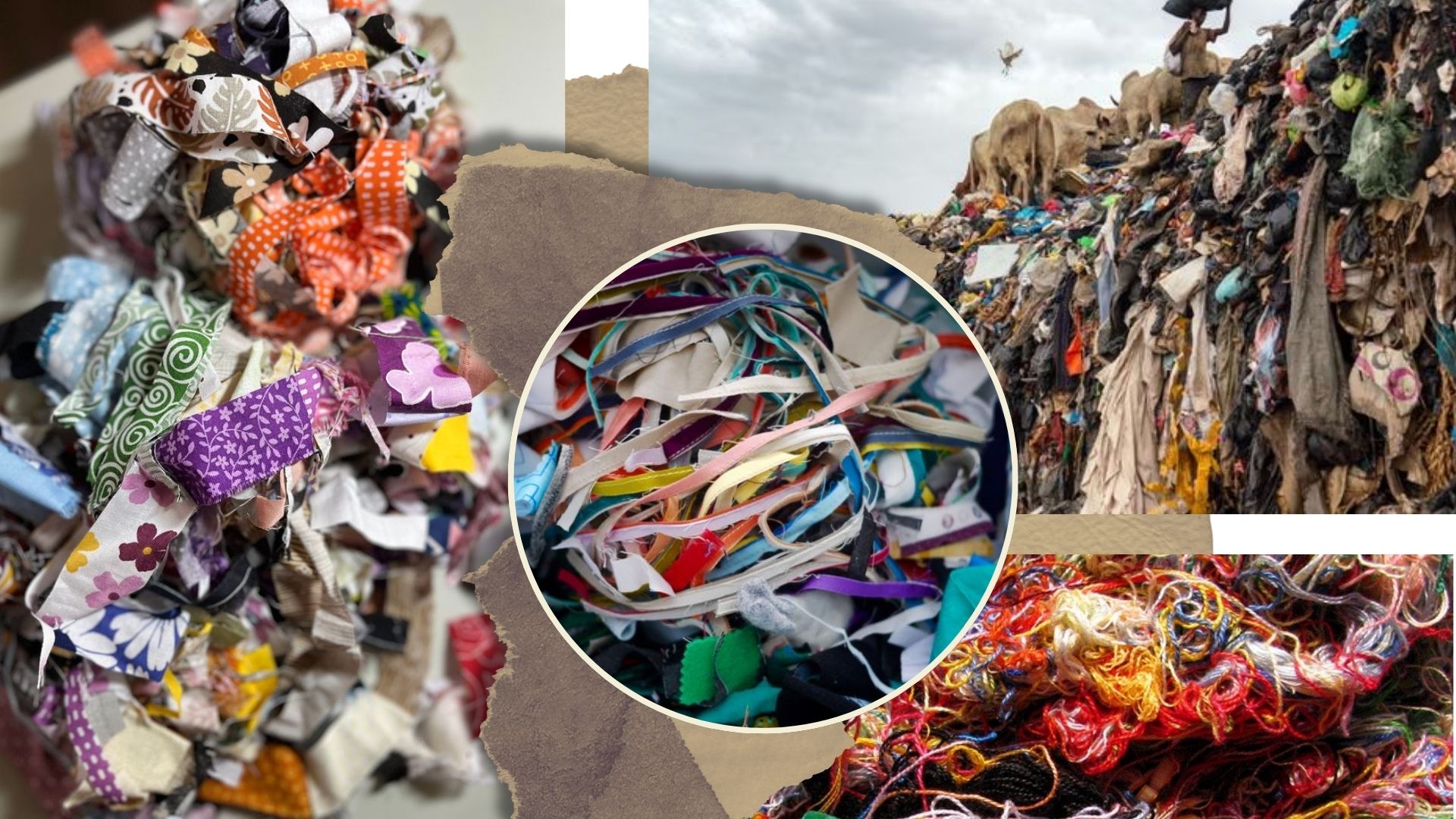
the scrap fabric solution, from clutter to creation

the art of sustainable recyclability
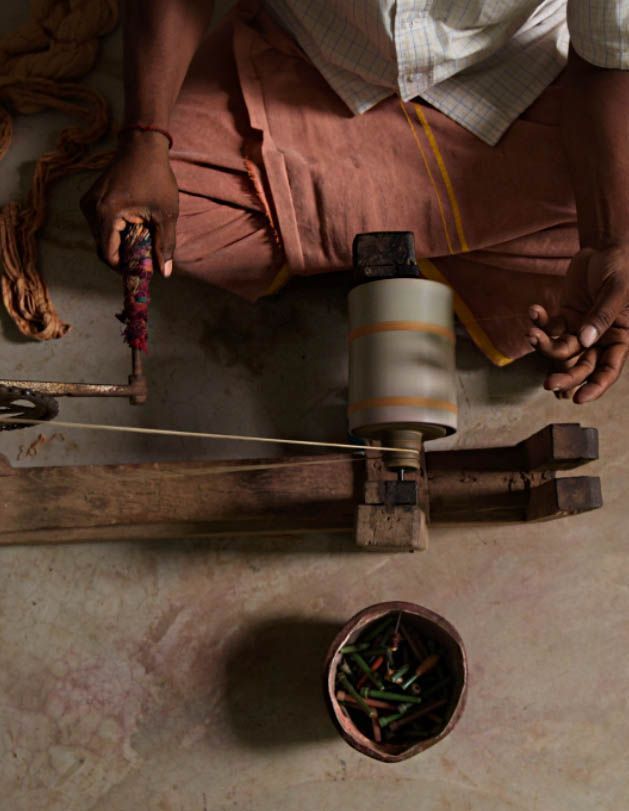
indian handloom in contemporary world
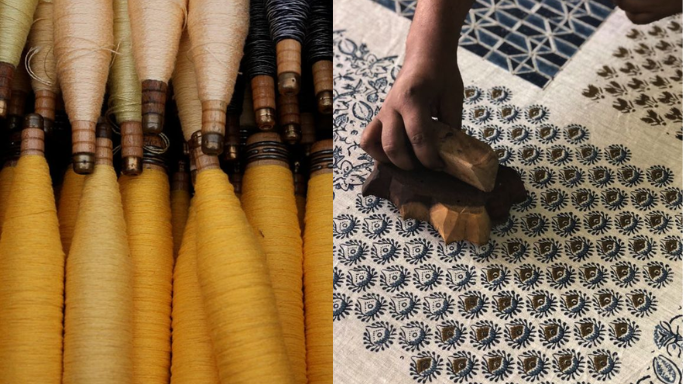
sustainability through handloom manufacturing
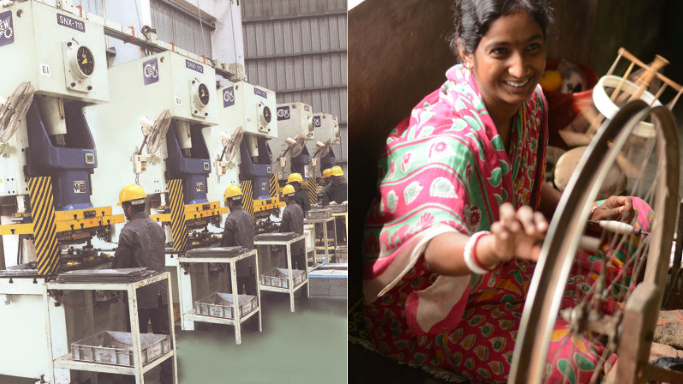
how to identify handloom fabrics in a powerloom world
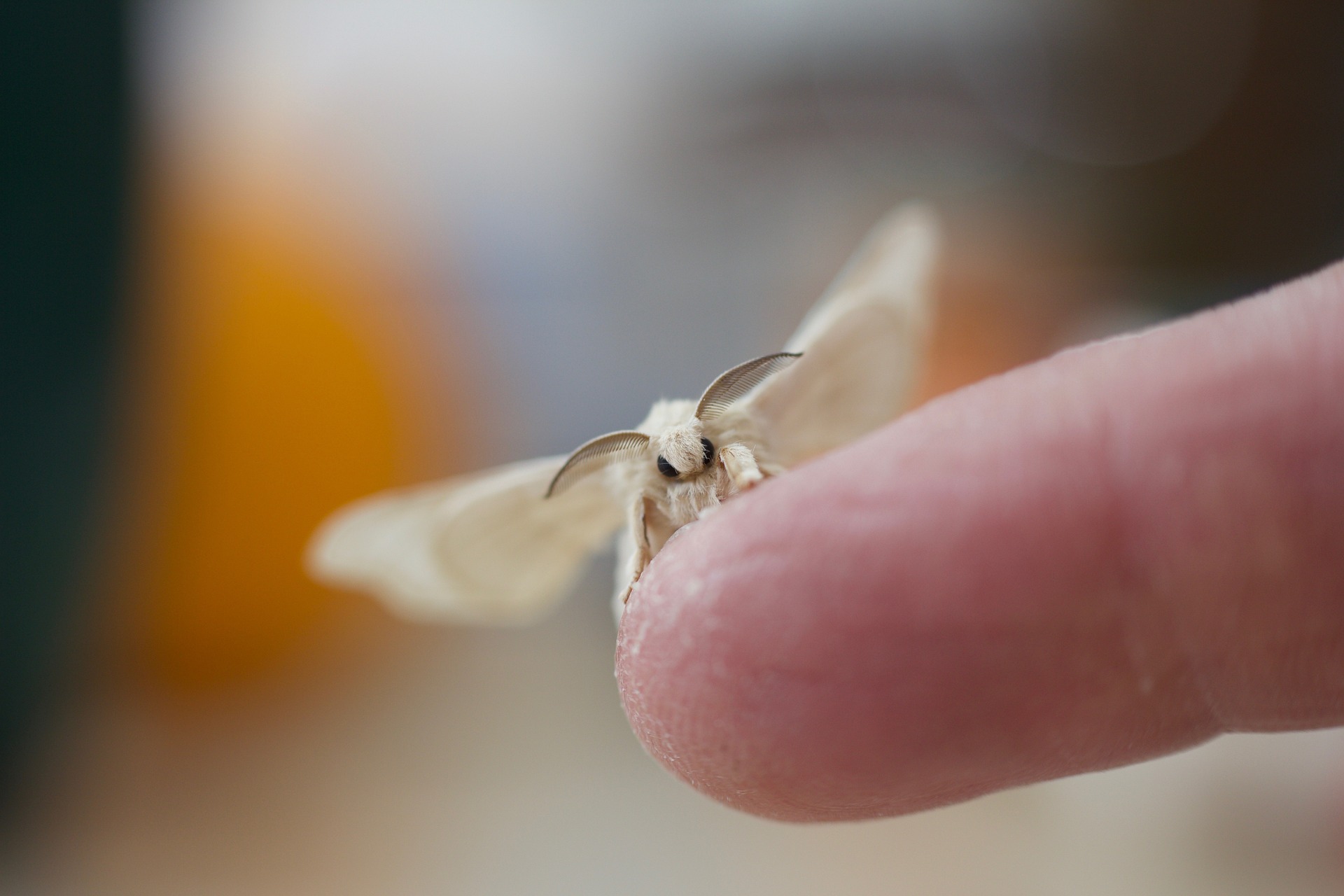
ketia silk - a peace lover






